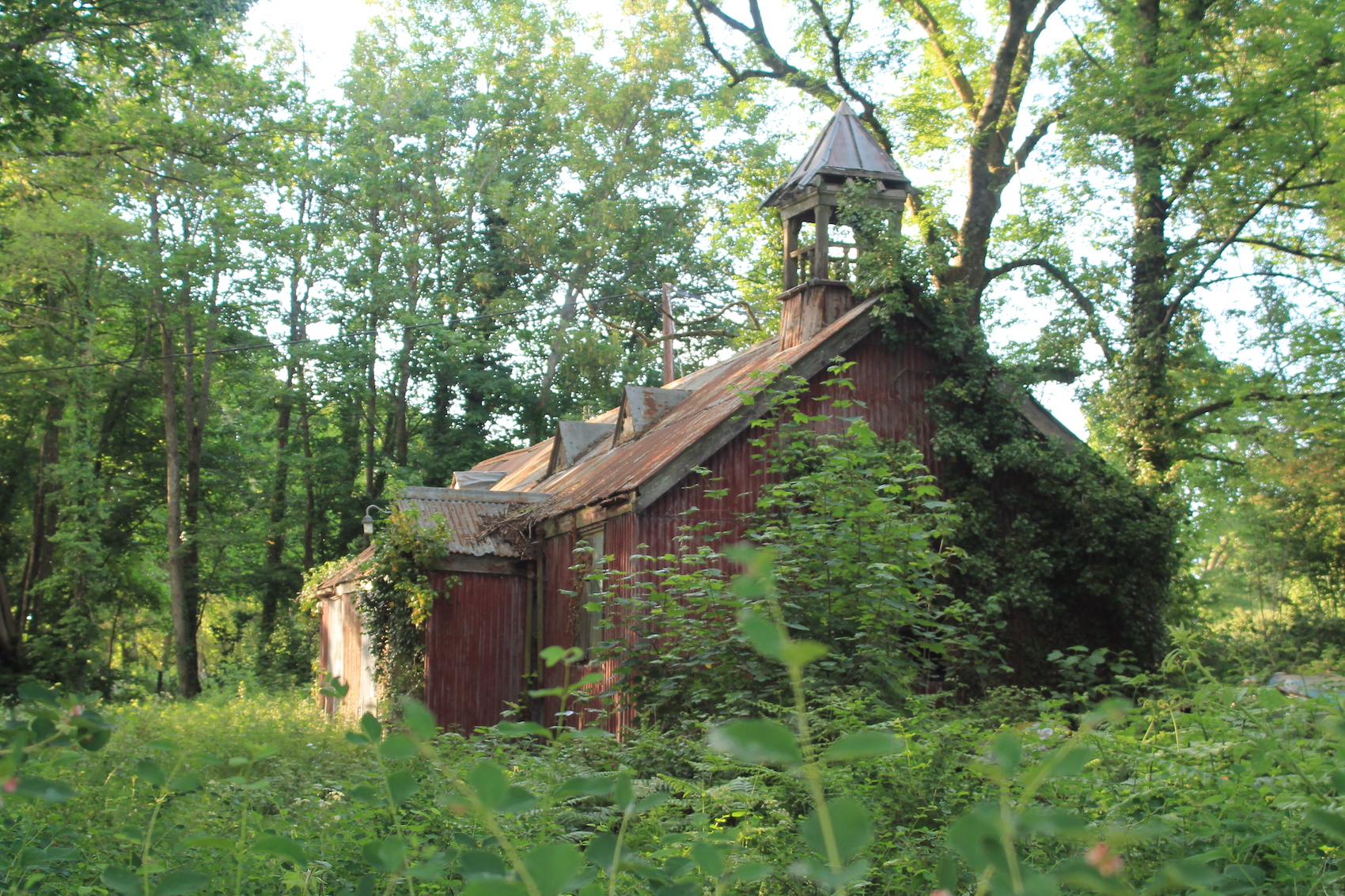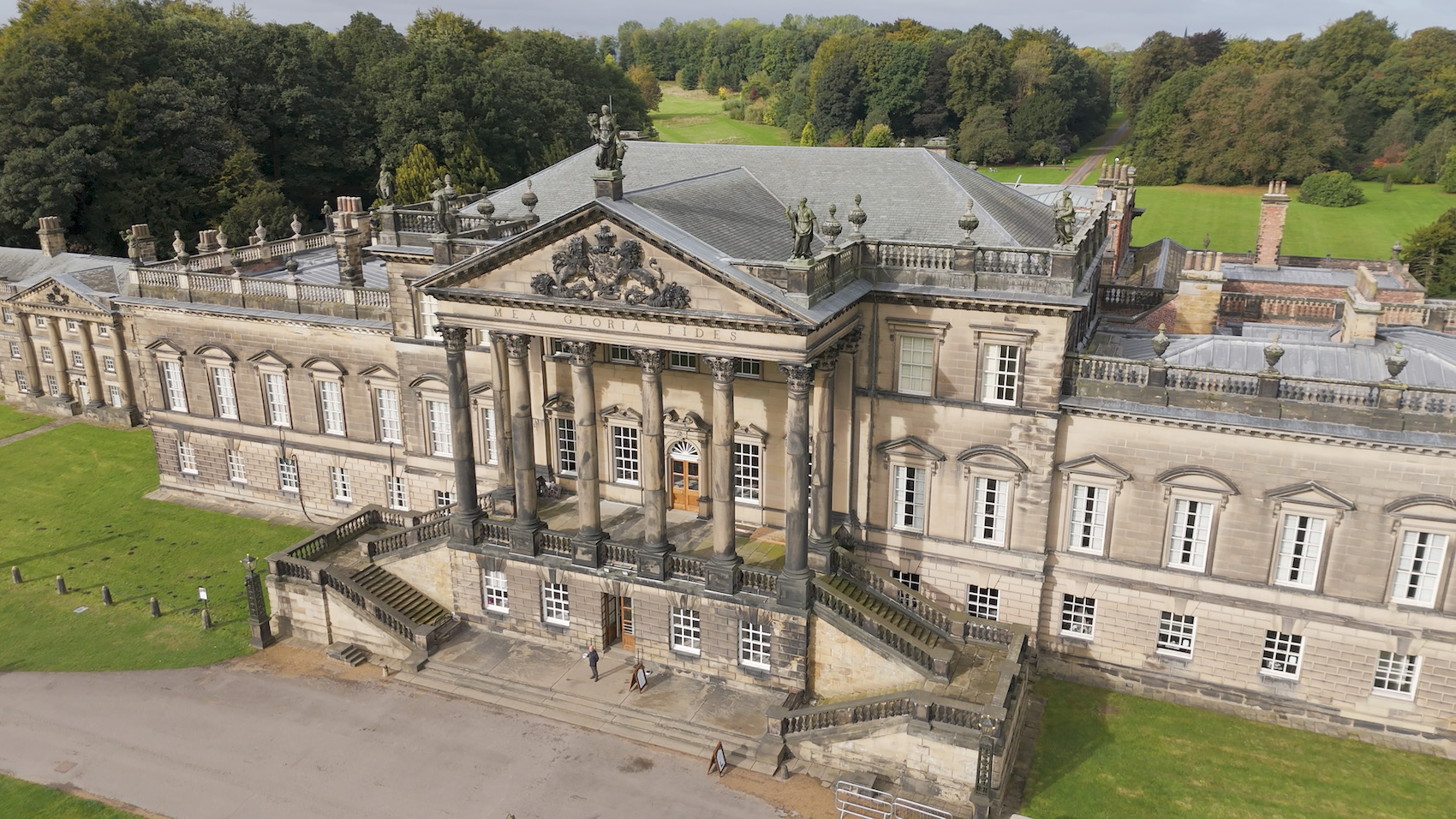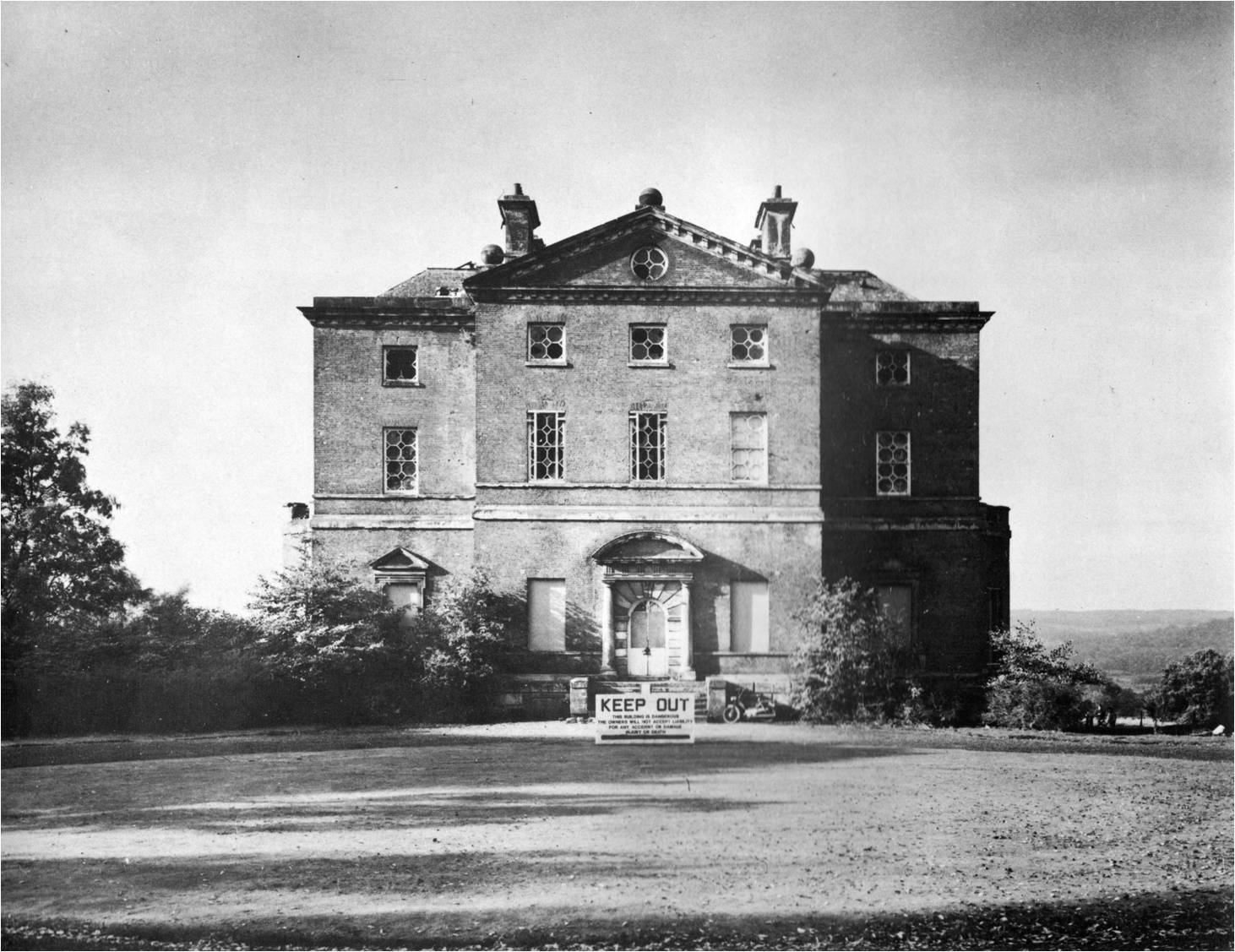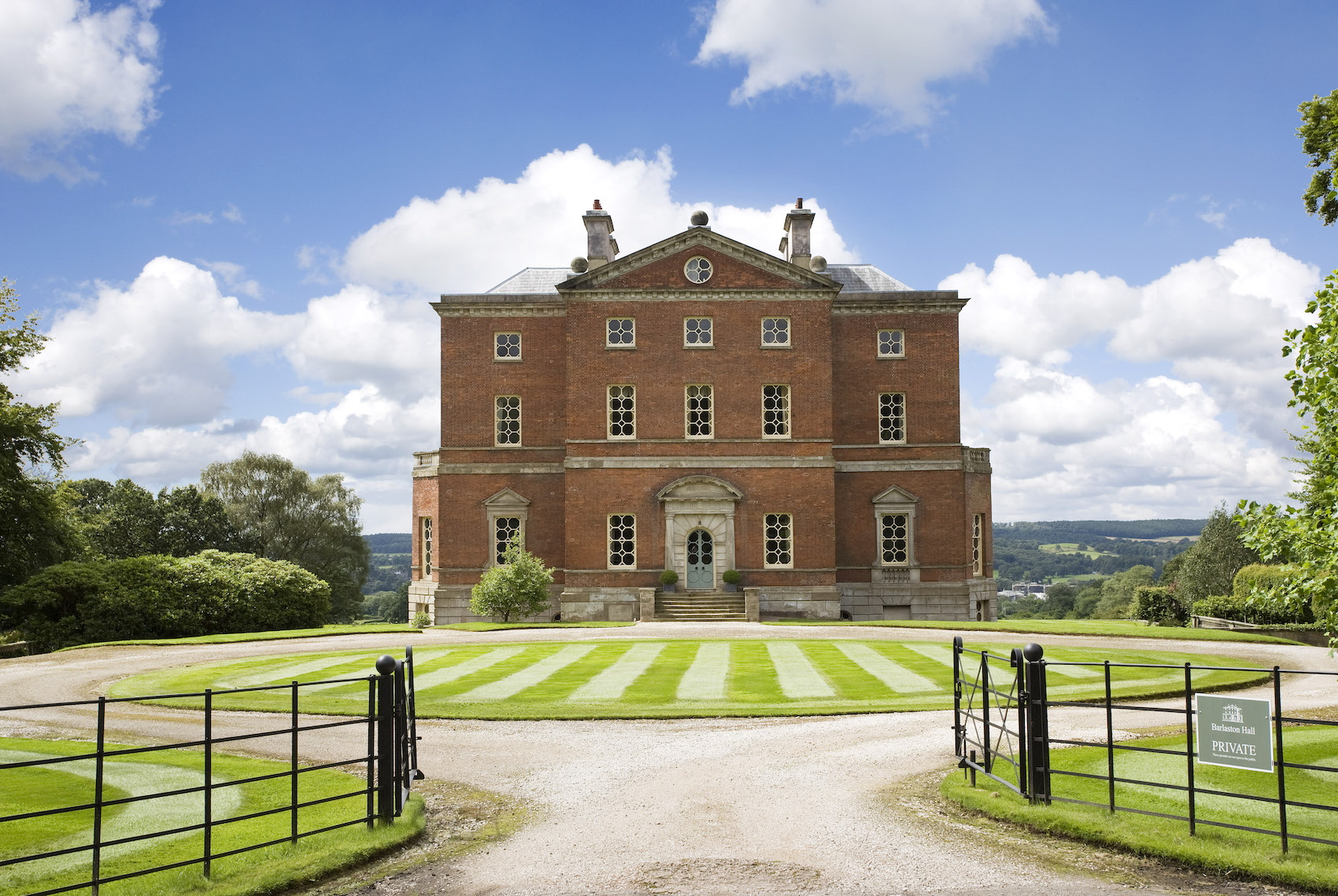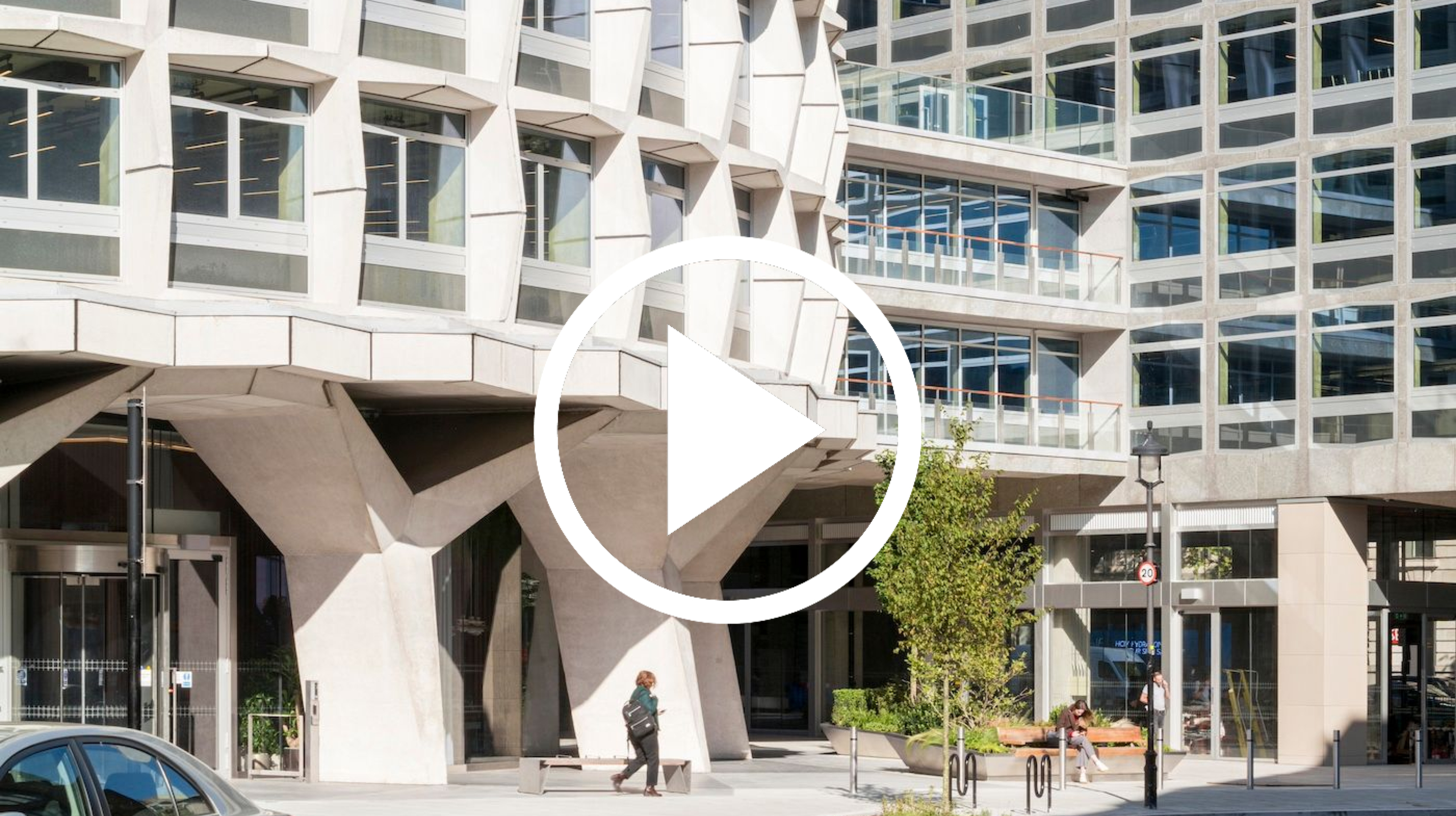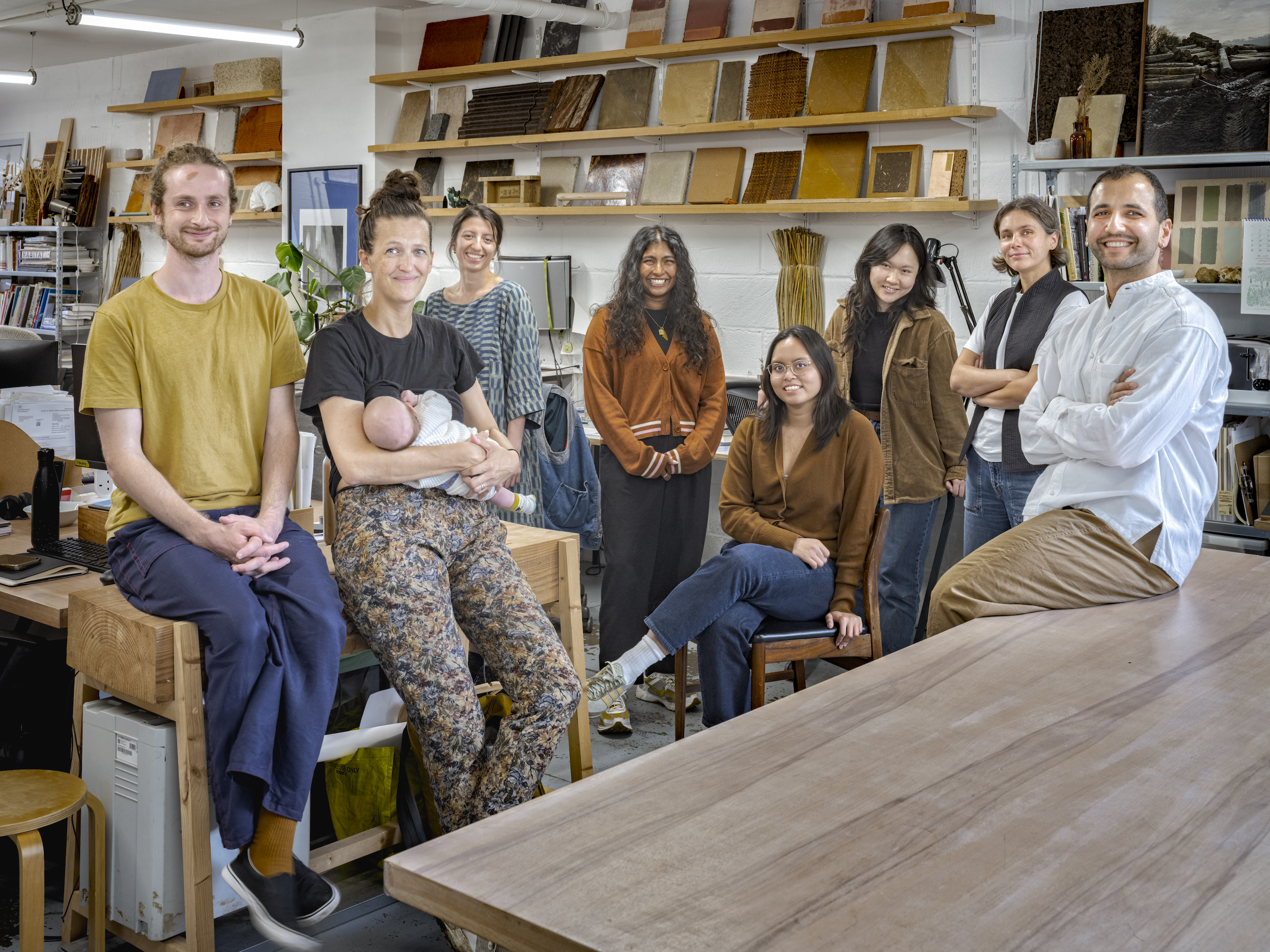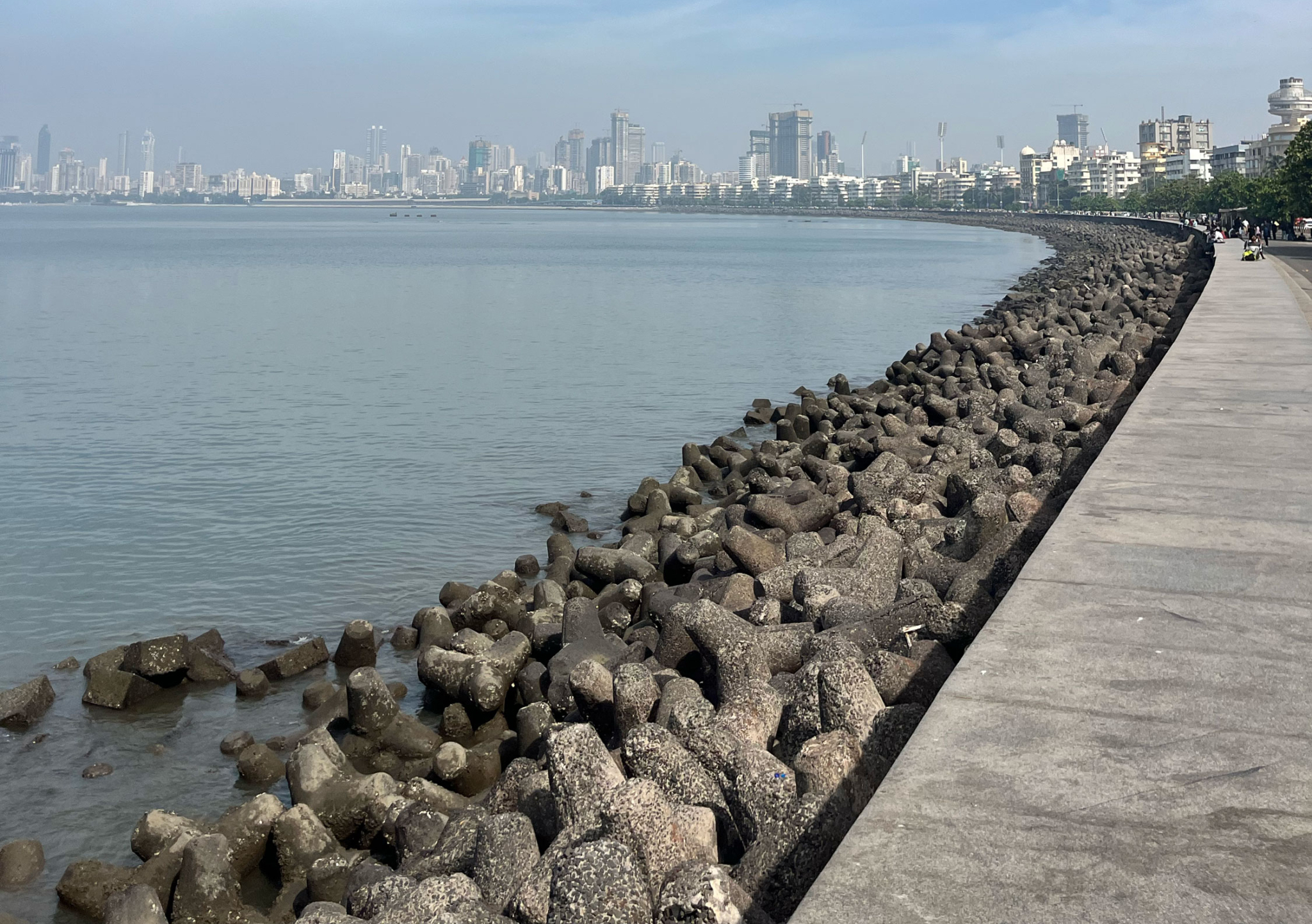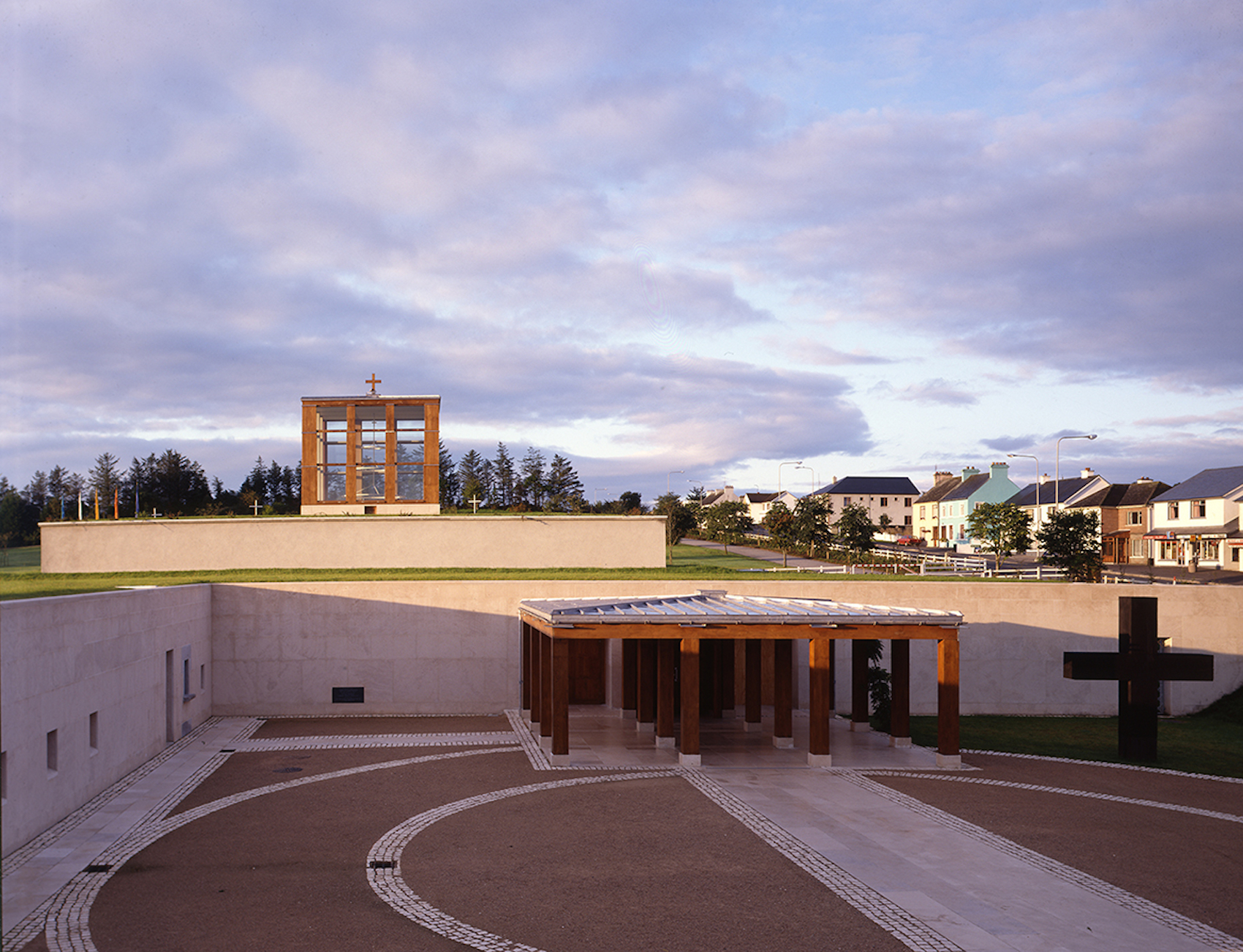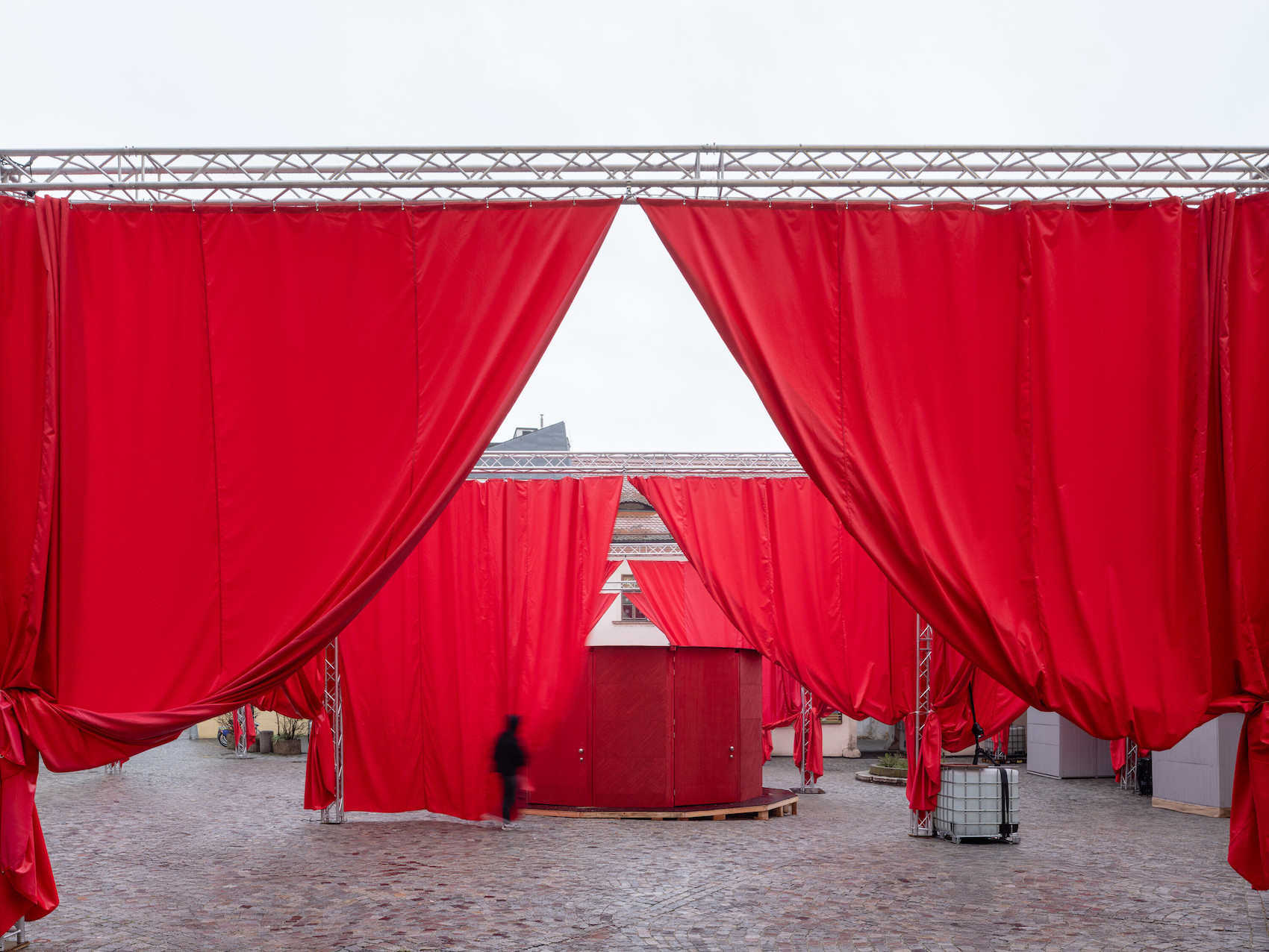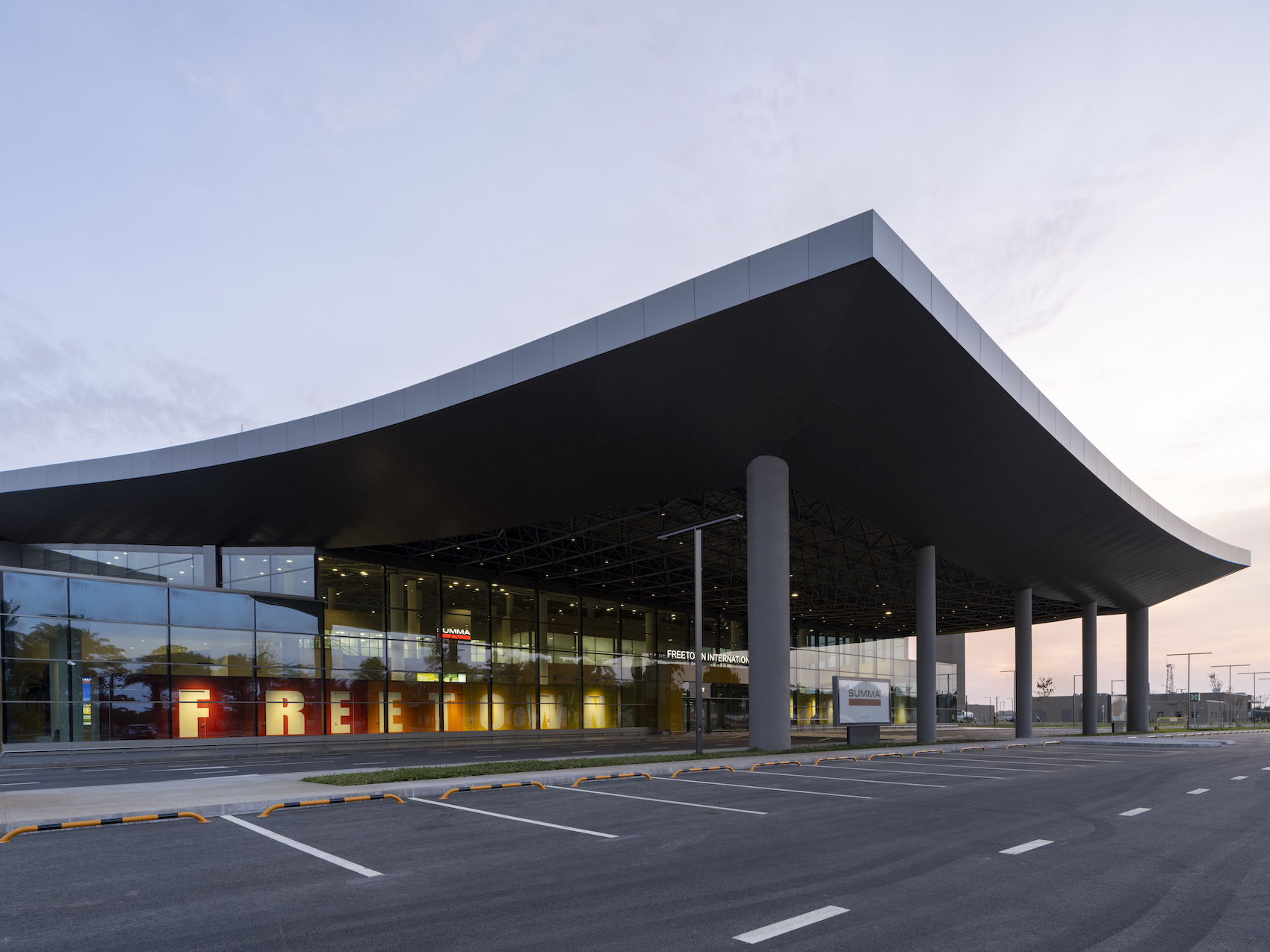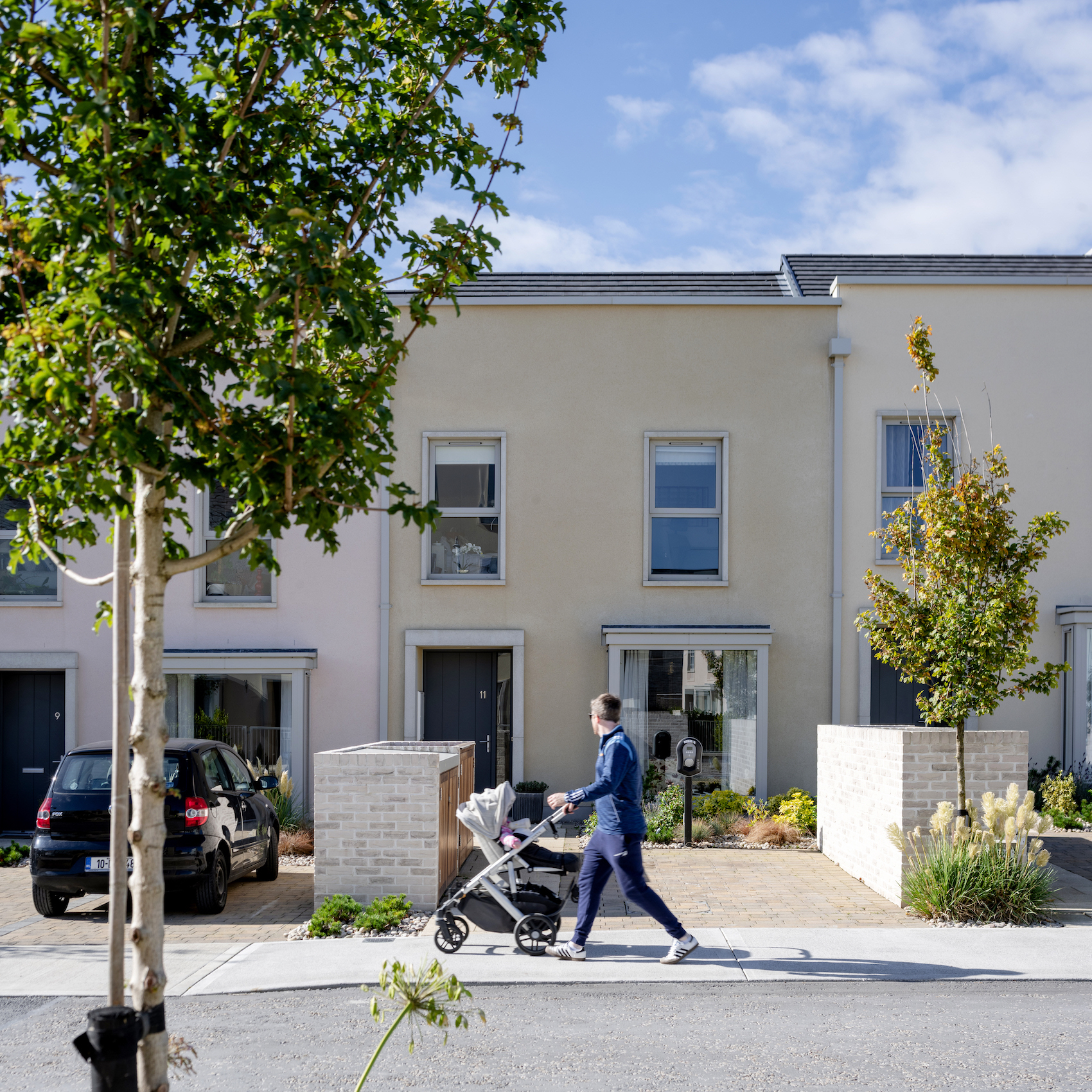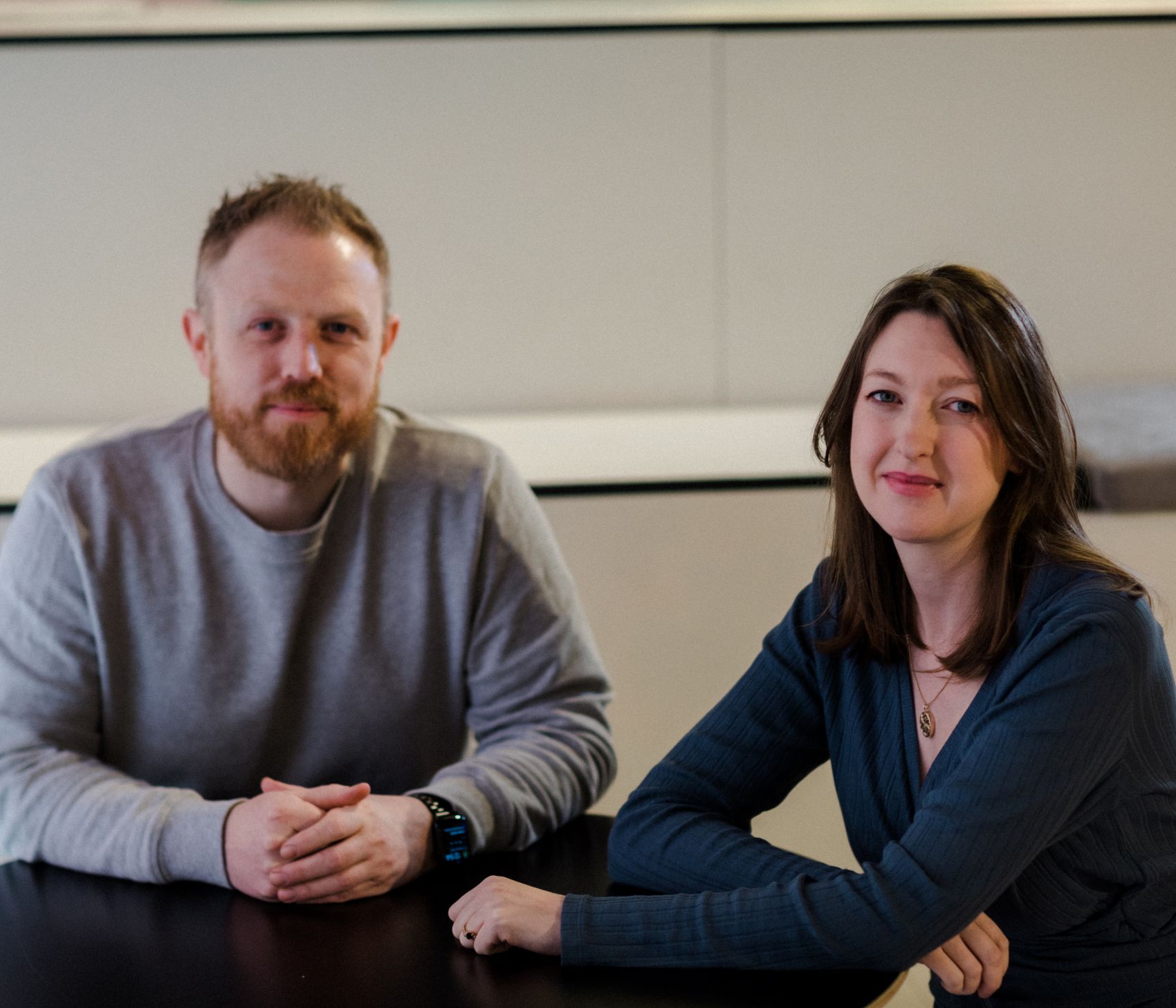SAVE Britain’s Heritage marks its 50th birthday by adding 50 buildings to its Buildings at Risk register.
Built in 1928 by the architect CFS Palmer, the Modernist Buffet building at Margate’s Dreamland is currently disused, making it particularly vulnerable to further deterioration and loss.
SAVE Britain’s heritage has marked its 50th birthday by adding 50 new entries to its Buildings at Risk Register. Launched in 1989, the register has long served as vital tool for tracking the fate of historic buildings across the UK that are empty, under threat, or facing uncertain futures. Previously available only to Friends and Saviours of SAVE, the register, which now contains around 1500 buildings, was made publicly accessible in April 2025 reflecting the organisation’s ambition to widen engagement and empower more people to champion at-risk heritage.
The list of 50 new entries spans the UK and includes a wide range of building ages and types. Notable examples include the Buffet Building at Dreamland, a historic amusement park in Margate. A vision of the future from between the wars, it was built in the Modernist style in 1928 by the architect CFS Palmer. A single storey, with a curving entrance above which “BUFFET” is spelt out in giant capital letters, it has a beautiful glass ceiling with a geometric pattern which lets light gush into the interior. The building became an amusement arcade and is now in a very poor condition and totally disused, making it particularly vulnerable to further deterioration and loss. Perhaps the most modest entry is the Tin Tabernacle, in the Hampshire village of Sherfield English, one of 80 surviving examples of an idiosyncratic building type that once served as places of worship for dissenting populations. Despite having been marketed as a commercial storage opportunity three years ago, but has struggled to find to find an owner or use.
The late 19th-century Tin Tabernacle in the Hampshire village of Sheffield English is one of about 80 surviving examples of this particular building type, built as places of worship for dissenting congregations. The structure is one of the 50 buildings SAVE has added to its Buildings at Risk register to mark its 50th birthday.
Established in 1975 by a group of journalists, planners and architectural historians, SAVE has spent 50 years at the forefront of the movement to rescue and, crucially, to reuse our historic buildings. It was born as a response to the cavalier approach to historic buildings that characterised the 1960s and 70s, when towns and cities were threatened by mass demolitions to make way for new roads and large-scale development. We nearly lost Covent Garden, Soho and Whitehall – and did lose many buildings, especially in cities like Birmingham and Glasgow. Meanwhile, country houses were being bulldozed at the rate of one a week because of changing demographics, tastes and the tax regime. No one was aware of the scale because it was happening far from public view. So in 1974, Marcus Binney and John Harris staged an exhibition for Sir Roy Strong at the V&A, The Destruction of the Country House, whose centrepiece was the Hall of Destruction, filled with tumbling pillars and photographs of more than 1,000 houses that had already been lost. It caused a sensation. The public were in tears. A year later SAVE was born.
It went on to save not just country houses – although it did save Wentworth Woodhouse in Rotherham, South Yorkshire, reputedly the biggest house in Europe, with a facade twice as long as Buckingham Palace – but also hundreds of buildings of all shapes and sizes, from cinemas, churches and railway stations to cotton mills, warehouses and hundreds of terraced houses in Liverpool (including Ringo Starr’s birthplace). Its remit is any building, of any age and type, anywhere in the country, listed or unlisted. Tate Modern, Battersea Power Station, Smithfield Market in London and Leeds’ Egyptian Temple Works all are still standing thanks to the intervention of SAVE, along with countless other buildings, big and small.
Wentworth Woodhouse in Rotherham, South Yorkshire – reputedly the biggest house in Europe – is one of countless buildings saved from demolition by SAVE.
The organisation raises awareness of endangered buildings through the media, the planning system and where necessary the courts – in collaboration with local groups and others, often working with architects, engineers, planners and developers to spark debate about contentious schemes and offer imaginative visions for reuse. Very occasionally the organisation buys a building itself – such as the dramatic moment during a public inquiry in 1981 when it was challenged by a desperate opposition lawyer to buy derelict Barlaston Hall in Staffordshire for £1. Marcus Binney (recently honoured for his lifetime of heritage activism) didn’t flinch. SAVE bought the grade I- listed Palladian house and pursued the Coal Board for compensation for subsidence in order to fund roof repairs. Once water-tight, the house was sold it to new owners who painstakingly restored the interiors. It was recently put on the market again for £3.5 million.
The climate crisis has given even greater urgency to SAVE’s call to reuse rather than demolish – a key milestone was the recent M&S Oxford Street planning inquiry which saw heritage and carbon emissions jointly under the spotlight in the campaign against a knock-it-down-and-build-again approach to development. “The challenges we face are daunting yet exciting, especially where we are successful in mobilising the wider public to support and engage in our movement,” says Henrietta Billings, director of SAVE Britain’s Heritage and committee member for the Architecture Today Awards for buildings that have stood the test of time. Together we can ensure the restoration, revitalisation and reuse of thousands of remarkable buildings that will become beacons of social and economic prosperity and environmental sustainability, for the benefit of people, places and planet.”
The Grade I-listed Palladian Barlaston Hall in Staffordshire before and after SAVE’s intervention. SAVE bought the derelict building for £1 and pursued the Coal Board for compensation for subsidence in order to fund roof repairs. Once watertight, it was sold to new owners who painstakingly restored the interiors. The house was recently put on the market for £3.5 million.



